Everything about the Moth Plant
Moth Plant (Araujia sericifera), also known as the White Bladderflower, Cruel Vine, or Common Moth Vine, is a perennial climbing plant native to South America, particularly in Brazil, Paraguay, Argentina, and Uruguay. It has been introduced to other parts of the world, including Australia, New Zealand, and parts of Europe, where it is considered invasive due to its ability to crowd out native species.
Characteristics
The plant is known for its fast growth and vigorous nature. Its stems can climb over other vegetation, reaching a height of up to 7 meters.
The leaves are opposite, oval-shaped, and have a green glossy appearance. The leaf edges are entire and the leaf base is cordate (heart-shaped).
The plant gets its common name from the moth-like appearance of its flowers. These are waxy white, sweetly scented, and typically bloom in the evening to attract moths for pollination. Following flowering, the plant produces large, bladder-like seed pods that contain numerous black seeds with silky tufts of hair that facilitate wind dispersal.
Impact
Despite its attractive flowers and fragrance, Moth Plant is considered a weed in many areas where it has been introduced. It can form dense infestations that smother and kill other plants, thereby reducing biodiversity. Its ability to produce a large number of seeds, combined with its robust climbing growth habit, allows it to spread quickly and over large areas. Control can be challenging due to the plant's ability to regrow from root fragments.
Control Methods
Control methods for the Moth Plant can vary depending on the specific situation. Manual control methods can include hand-pulling or digging out the plant, including as much of the root system as possible. For larger infestations, chemical control might be necessary. Always check with local regulations and guidelines when considering chemical control, as some substances might be restricted or require special permits.
In gardens, it's recommended to monitor the area for new growth and remove any seedlings immediately. It's also advisable not to plant it due to its invasive potential, even if it's not currently considered a problem in the local area.
-
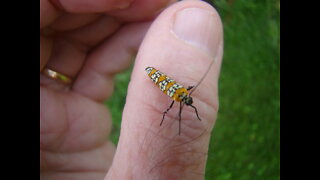 0:20
0:20
DowagerLadyUrsula
2 years agoAmazing Nature: Night Bugs - Tree of Heaven Moth
614 -
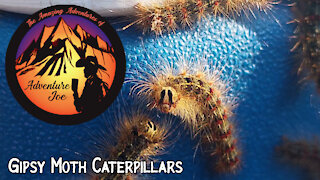 0:54
0:54
Adventure Joe Wildlife
2 years agoGipsy Moth Caterpillars
751 -
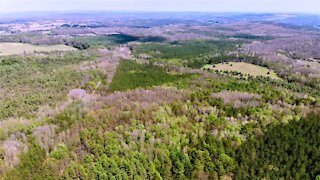 1:19
1:19
WildCreatures
2 years ago $2.28 earnedHigh altitude drone shows devastation from gypsy moth caterpillars
6.18K39 -
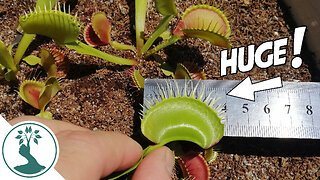 10:05
10:05
Greenthumbs Garden
1 year agoMy Carnivorous Plants Collection - Huge Fly Traps! Cephelotus & Nepenthes
24 -
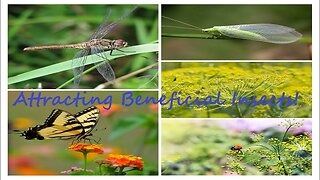 5:52
5:52
Permaculture
4 years agoThese 6 plants will BOOST your food forest and attract beneficial insects!
5 -
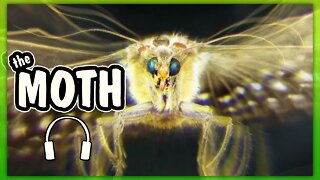 4:54
4:54
Harry Potter Shorts Edit
1 year agothe moth
3 -
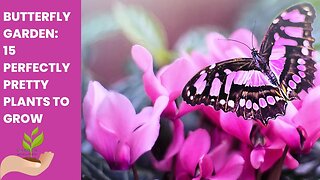 9:41
9:41
Garden Revelations
1 year agoBUTTERFLY GARDEN: 15 Perfectly Pretty Plants to Attract Butterflies
56 -
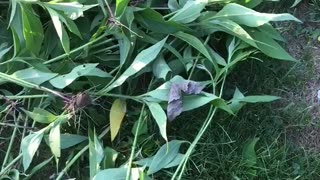 0:22
0:22
frodomocho
11 months agoHuge Moth
11 -
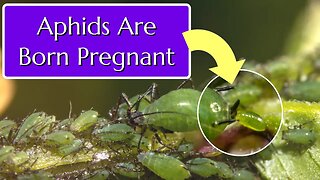 8:09
8:09
Fraser Valley Rose Farm
1 year agoAphids on Plants How To Get Rid of Them
25 -
 18:08
18:08
GardeninginCanada
3 years agoMUST HAVE HALLOWEEN PLANTS 🎃 THE SPOOKIEST & MOST DANGEROUS PLANTS ON THE MARKET 🎃👻👽
9